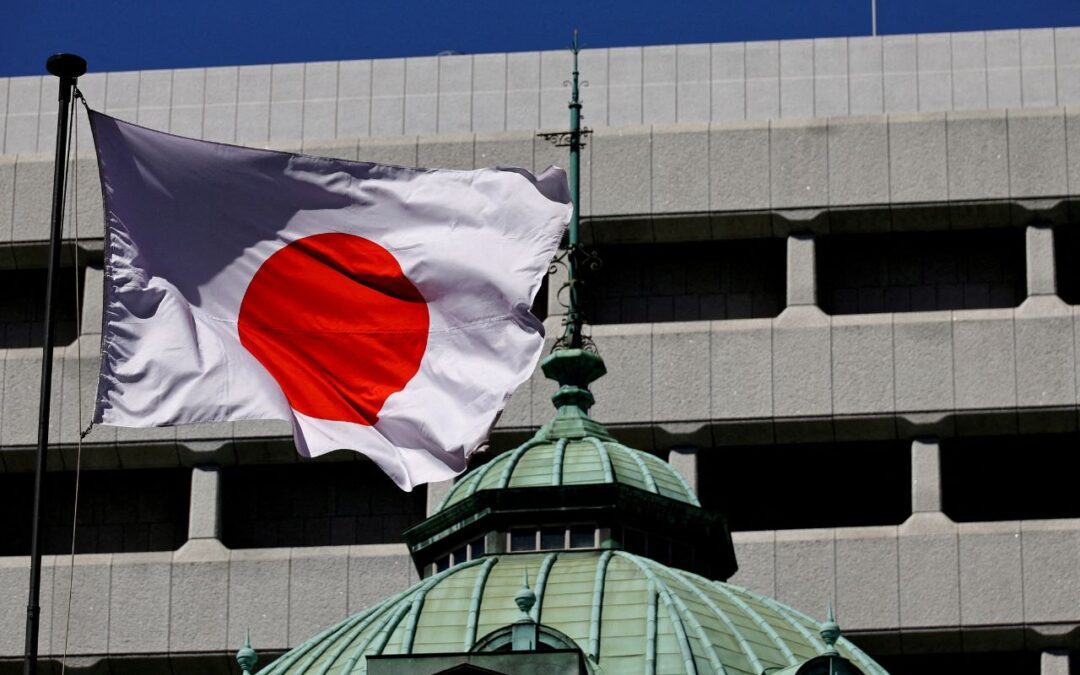Synopsis: Japan has launched its first yen-backed stablecoin, JPYC, marking a major leap in digital finance. Fully regulated and transparent, JPYC strengthens Japan’s role in the global stablecoin ecosystem.
Japan has officially stepped into the global stablecoin race with the launch of its first yen-backed digital asset, JPYC. The Tokyo-based fintech firm JPYC Inc. introduced the coin on October 27, 2025, positioning the nation as a contender in the rapidly expanding market dominated by dollar-pegged tokens. Personally, I find this a defining move for Japan’s digital finance ambitions.
Bridging Traditional Finance and Blockchain
JPYC Inc., founded in 2021, has created Japan’s first fully regulated stablecoin under the country’s new legal framework. The token is backed one-to-one by Japanese yen deposits and government bonds, ensuring full transparency and safety. As I see it, this approach adds much-needed trust to a space often criticized for volatility.
The stablecoin, classified as an “electronic payment instrument,” focuses on real-world use. It aims to simplify domestic transfers, lower remittance costs, and power Web3 applications. Users can deposit yen via bank transfer and receive an equal amount in JPYC through the firm’s platform, JPYC EX. They can also redeem tokens for yen with instant withdrawals. Importantly, the service follows strict KYC and anti-money laundering compliance under Japan’s Act on Prevention of Transfer of Criminal Proceeds.
Market Impact
At a Tokyo press conference, JPYC President Noritaka Okabe called the launch a “major milestone in Japanese currency history.” He revealed that seven companies have already shown interest in using JPYC for their services. Two early partners, Densan System and Asteria, are developing integration tools one for retail payments and the other for enterprise automation.
This interest reflects how stablecoins are changing Japan’s business landscape. After all, the global stablecoin market now exceeds $308 billion, with USD-pegged coins holding over 90% share. By introducing a yen-backed alternative, Japan is not only asserting monetary independence but also signaling confidence in digital finance. Personally, I think this could also strengthen the yen’s relevance in global payments.
JPYC’s coin is already compatible with Ethereum, Polygon, and Avalanche networks, allowing developers to use it for DeFi and cross-border projects. Its multi-chain design demonstrates foresight, ensuring scalability in an evolving digital ecosystem. No transaction fees are charged initially, with revenue coming from bond reserve interest an appealing model for adoption.
Competitive Edge
JPYC’s arrival could inspire similar projects. Monex Group announced plans for its own yen-backed coin, while Japan’s top banks Mitsubishi UFJ, Sumitomo Mitsui, and Mizuho are developing one through MUFG’s Progmat platform. Competition appears inevitable, yet JPYC’s first-mover advantage could prove critical in setting standards for compliance and transparency.
Japan’s proactive regulation since 2023 has clearly paid off. Unlike speculative crypto, stablecoins like JPYC are treated as payment tools, even enjoying tax relief. This environment may increase demand for Japanese Government Bonds and enhance Japan’s role in global finance. I genuinely think such innovation could revive domestic fintech growth while building long-term trust worldwide.
Looking ahead, JPYC Inc. aims to issue 10 trillion yen worth of tokens within three years, expanding overseas and supporting Japan’s participation in global digital payment projects like Project Nexus. Challenges remain especially scaling reserves and managing yen volatility but the momentum is evident. For a country known for caution, Japan’s stablecoin debut feels like a bold stride into the future of money.
Written By Fazal Ul Vahab C H



